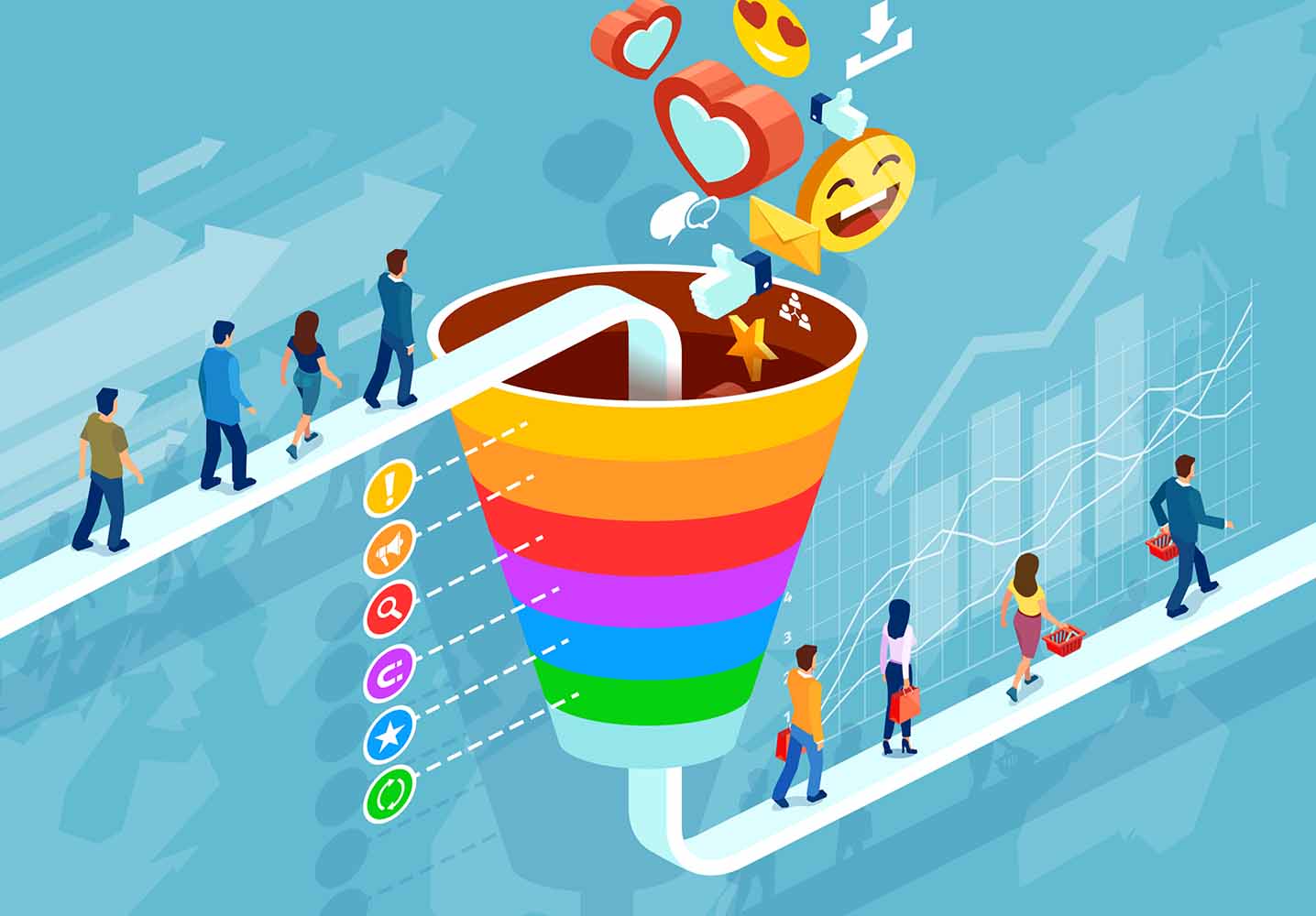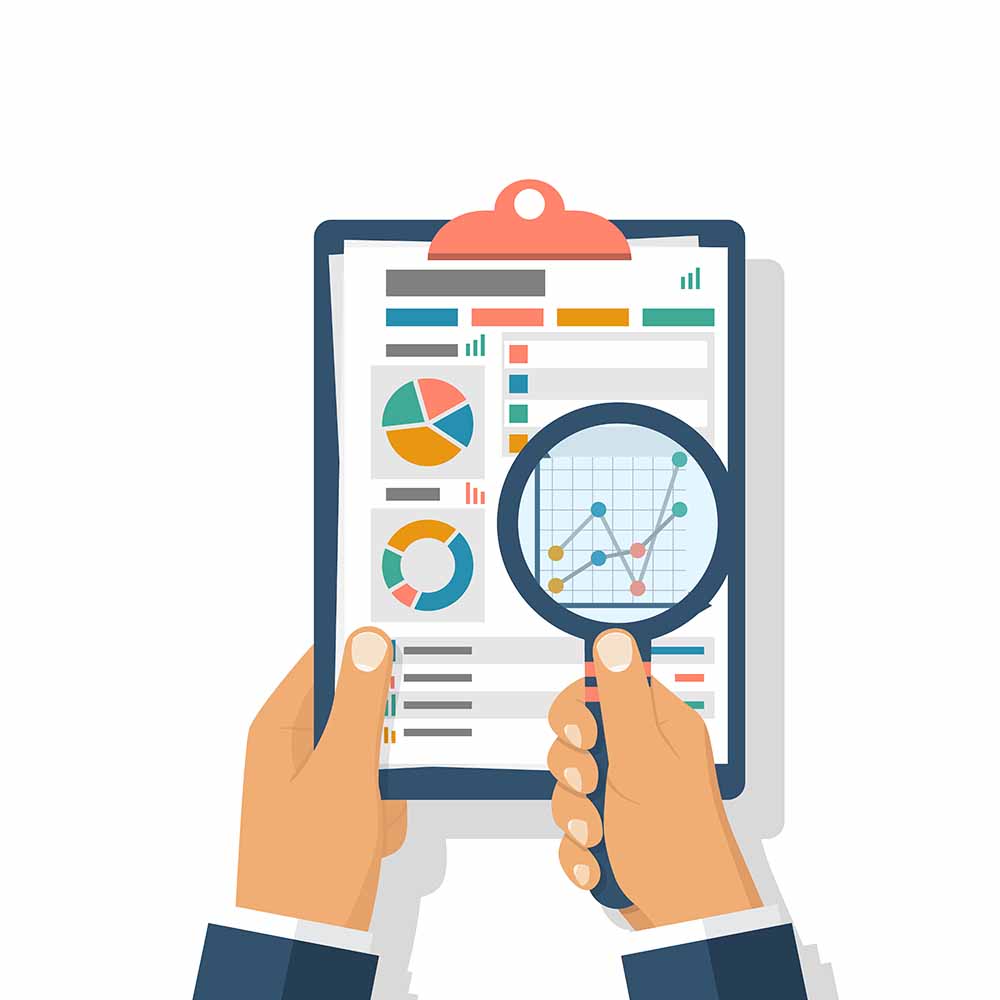Some types of businesses have customers, some have clients, and some have both. Maybe your business refers to its clientele as something else entirely. However you refer to the humans handing you a form of payment in return for your goods or services, it’s always crucial to build, maintain, and—when necessary—repair the relationships you have with them.
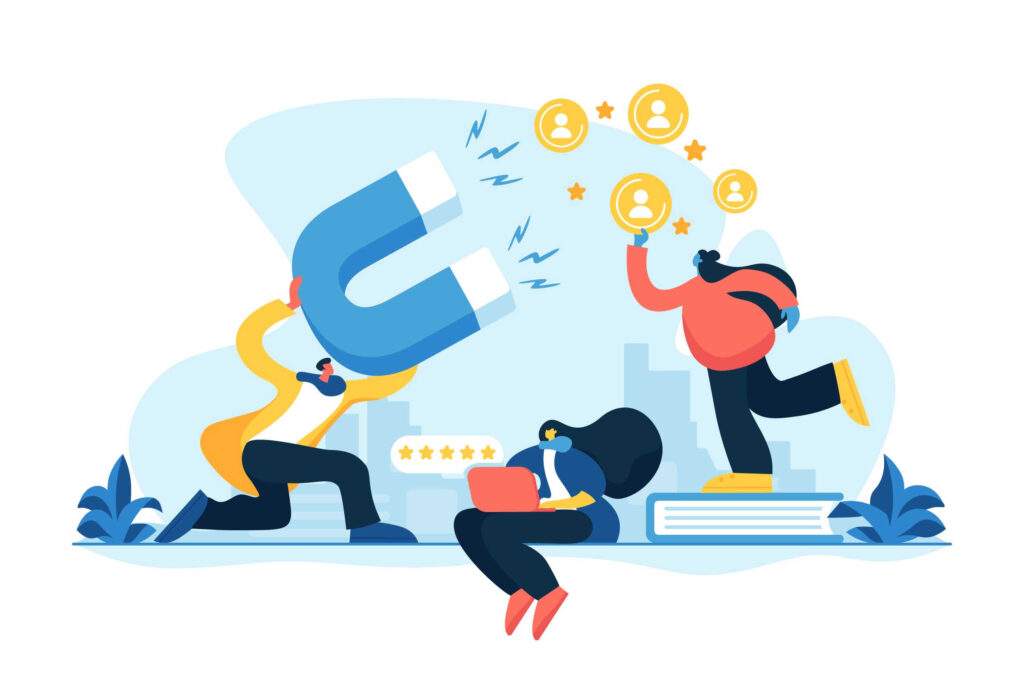
One of the best ways to do that in our modern, largely-online world? Utilize business management software to enhance the overall sales pipeline, from lead generation to point of sale and beyond.
It’s not just CRM capabilities that play a role in this process. One of the advantages that business management software brings to the table in the world of cultivating customer relationships is that there is the opportunity to gather data beyond simple contact information and buyer intent.
By utilizing prior accounting metrics, productivity reports, and other types of data gathered both from customers and employees. You’ll be able to make more informed decisions throughout the entire lead generation, sales, and retention pipeline.
How To Enhance The Sales Process
Centralized Information
The key to attracting customers is all about having the right information at hand. It’s not just about having one lead’s email address and a record of what specific form they filled out, it’s about everything else.
Beyond this individual’s basic information, what data is available to you? Are you able to quickly see if this person had a prior interest? Are their interests in line with the current trends you’re seeing within your products/services? Are you able to take advantage of quote-to-order functionality to keep everyone in the loop about the status of the sales process?
Each company in every industry handles its sales processes differently, but regardless of the specifics, it pays to have accurate, timely information on hand.
In 2022, overall customer relationship technology usage increased from 56% to 74%. As businesses shifted to an online-first approach more rapidly than ever, having enhanced access to customer data was one key contributor to success.
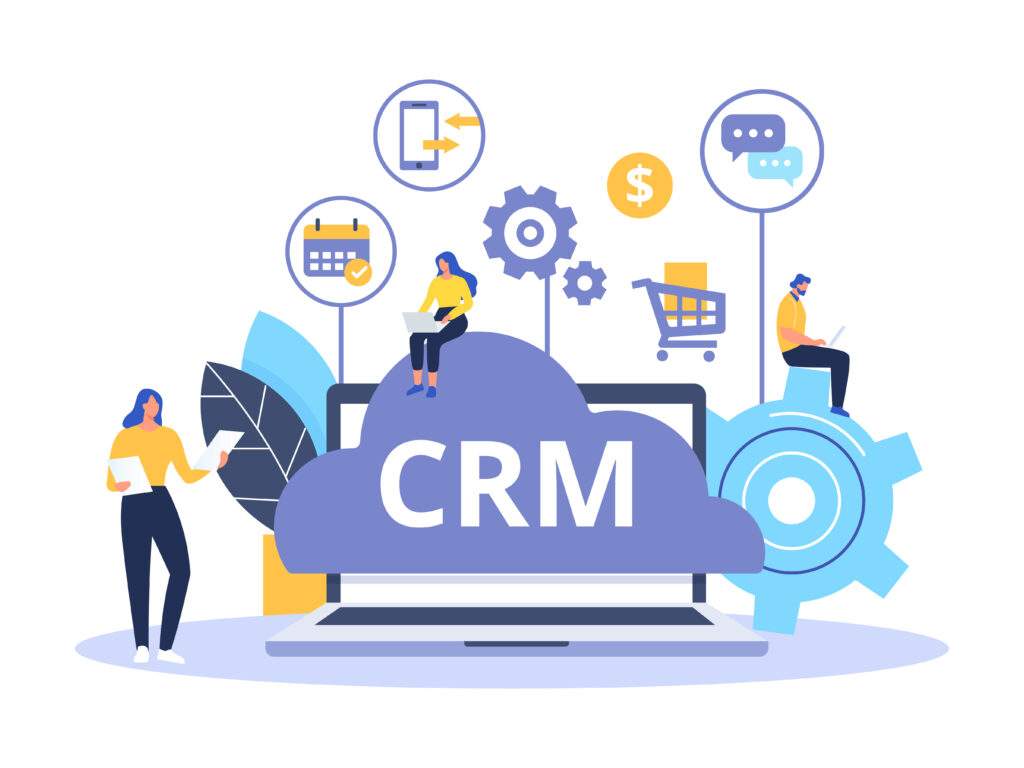
Automated Email Campaigns
Small business owners are always pressed for time. There are never enough hours in the day to get everything done. (Spoiler alert: there never will be.)
On top of that, wasted time and inefficient planning are among the biggest issues plaguing the average small business owner. According to one study conducted by Inc. Magazine, small business owners waste an average of 21.8 hours per week. In addition, 49% of working professionals have never conducted a “time audit” to fully analyze, understand, and improve how they spend their time.
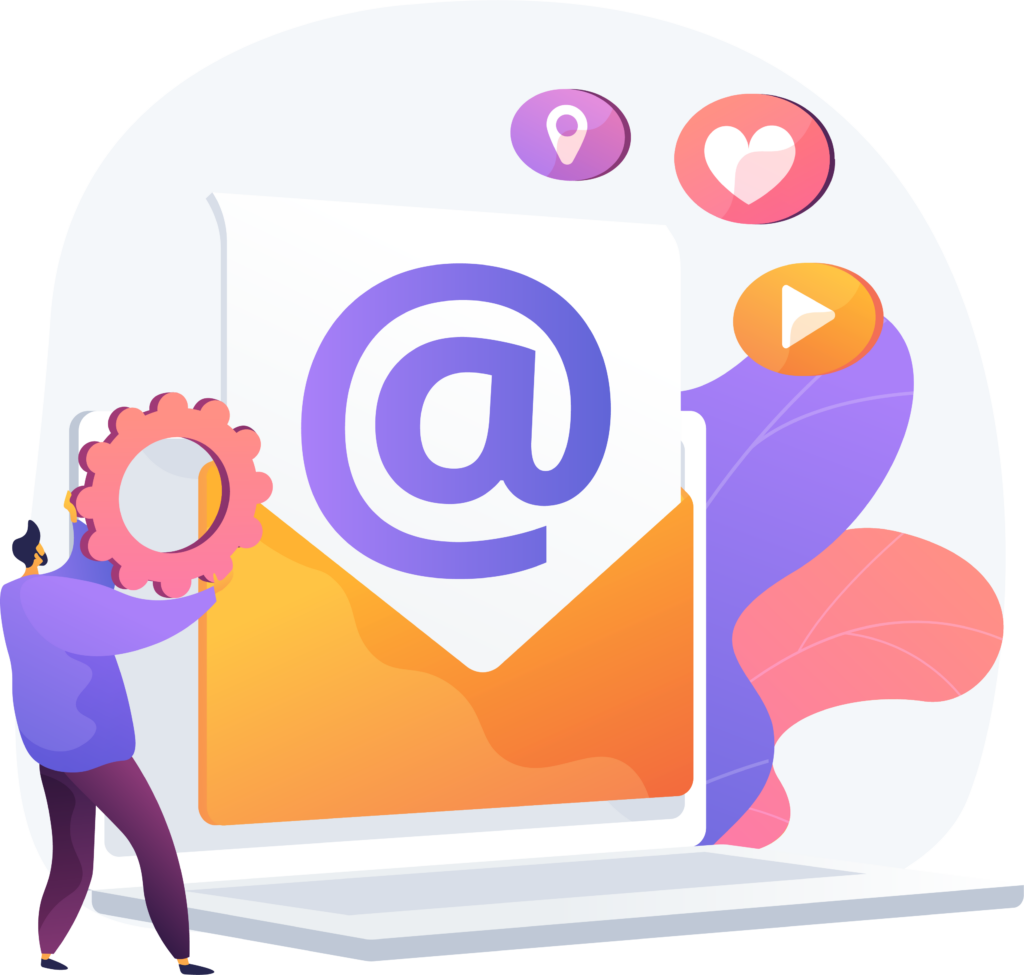
Though there are a vast number of ways that business owners and employees can increase their overall productivity and efficiency, automation stands front and center as the most helpful piece of the puzzle. In this case, automation is utilized to effectively reach prospects and customers while you are able to dedicate your time and energy elsewhere.
Easily crafting emails in a code-free interface, utilizing lead scoring capabilities, and creating drip campaigns for each specific revenue stream that your business manages will help alleviate the stress of manually tracking prospects and sending individual marketing emails.
Built-In Accounting Data
Data is at the heart of every good decision. When it comes to the value of managing customer relationships via an integrated business management system, it pays to have the best data available at all times. In this case, the most important data is often the financial data.
Not every fast decision is a great decision, but great decisions that are able to be made fast are always the best decisions.
Being able to provide customers with accelerated invoicing and payment channels, accurate price forecasts that are derived from up-to-date inventory and work orders, and a better understanding of overall buying trends will help empower your sales force to increase their closing rate and leave customers satisfied.
How To Stay Connected To Your Customers
Customer Portals
Yes, the initial sales process is important. However, customer retention, if managed properly, can be even more financially rewarding than any individual sale.
The probability of selling to a new customer usually falls between 5 and 20%, depending on the specific nature of the industry and the products or services offered. However, when it comes to existing customers, this number dramatically increases—selling to an existing customer usually carries a success rate of 60 to 70%.
Combined with the fact that 55% of millennials claim to be more brand loyal today than 39% of consumers aged 35 and up, a focus on customer retention has to be a long-term priority for every business.
One thing that the modern customer desires is a personalized experience with the ability to retrieve information anytime, anywhere, on any device. With advanced customer portal technology that’s built into the best business management software platforms, you’ll be able to achieve both of these goals.
Customer portals provide up-to-the-minute service updates, open up a line of communication for questions or concerns, show a detailed payment/shipping/order history, and provide an opportunity for customers to know their needs are being personally attended to.
Chat And Discussion Boards
Staying connected to others is important in all aspects of life. It helps us learn, grow, and achieve goals that we would have not been able to accomplish individually. It’s easy for a coffee shop to flourish as a catalyst for connection and community—it naturally brings people together, bonding over the sweet tastes and aromas of their favorite drink and acts as a natural societal meeting point for people that want to bond, vent, and commiserate.
Well, not every business has the luxury of having a product that is so universally ingrained into the cultural fabric of society. For other businesses, it takes a little more work, creativity, and technology to bring people together.
Self-service help is often the first choice of the modern customer. 91% of customers surveyed would use an online knowledge base if customized and tailored to their needs.

Though it can’t replace the coffee shop, the internet and its countless mediums of communication are effective at creating conversation around a central topic. Your customers will always have questions, and there will be some that have already found answers to these questions. While your business will always be prepared to field questions, it provides a benefit to establish a community chat board where people with common goals and inquiries can talk amongst each other. Two heads are always better than one.
Feedback And Surveys
We know that customer complaints run rampant in today’s digital age. Some lack context, some are unfair, some are simply vulgar, and some are brutally honest. (Yes, positive feedback exists on the internet, too.)
As much as positive feedback is appreciated, it’s equally—if not more—important that customers be able to give direct feedback on the negative experiences they have. It can help your business continue to learn and improve after each and every sale, shoring up the areas where service, quality, or communication may have been lacking.
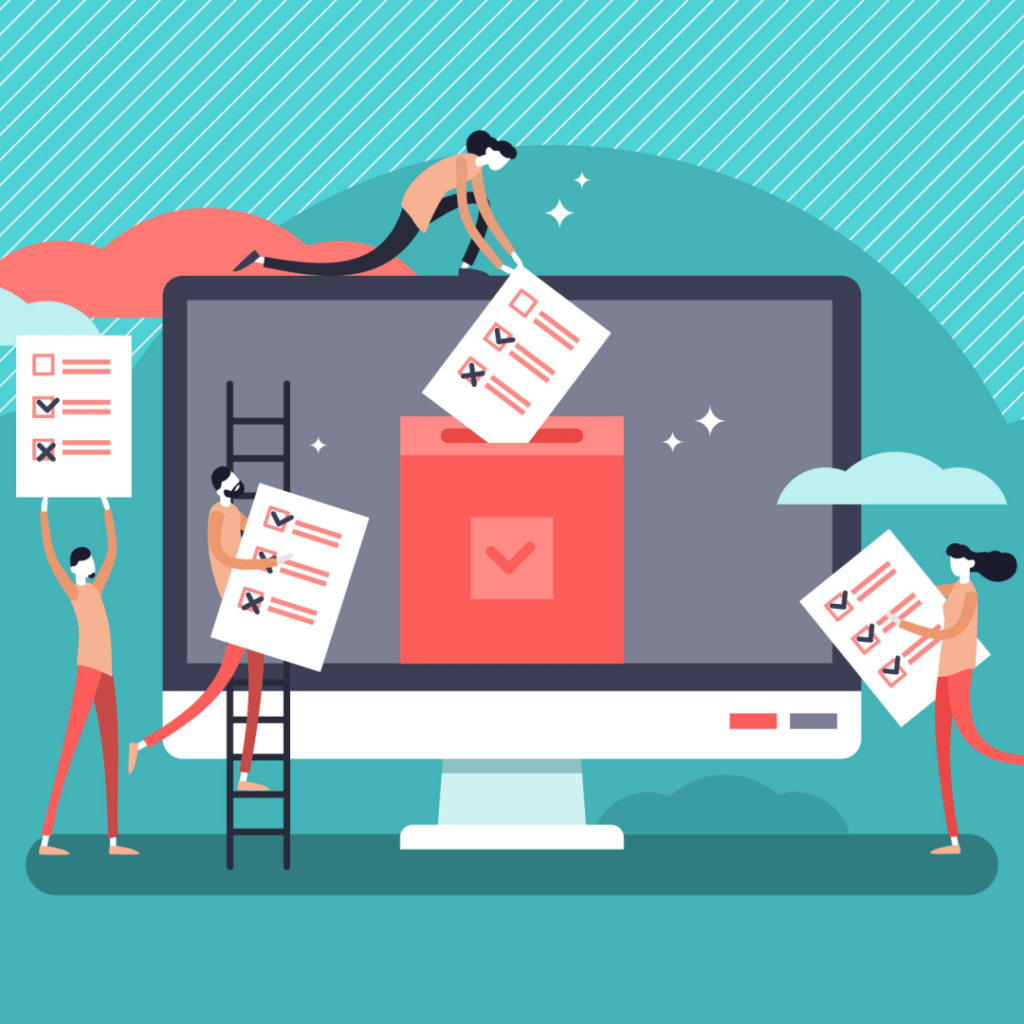
Customer engagement tools both let the customer know that their relationship is valued and provide an opportunity for them to give you invaluable feedback. Your business should be able to automate surveys to be delivered at specific times (i.e. after a sale, after a refund, etc), and provide customizable form fields where customers can choose “1-10” style ratings or just enter their own text.
Wrapping Up
If it seems like customers are more demanding than ever, you wouldn’t be wrong. Nearly 59% of consumers worldwide say that they have higher demands and expectations in regard to customer service than they did just a year ago.
In an increasingly competitive environment, it’s important to utilize the tools that give you the biggest competitive advantage. By maximizing the capabilities of business management software, you’ll be able to attract more customers, retain more customers, and overall improve the products and experiences that help you maintain a healthy bottom line.

